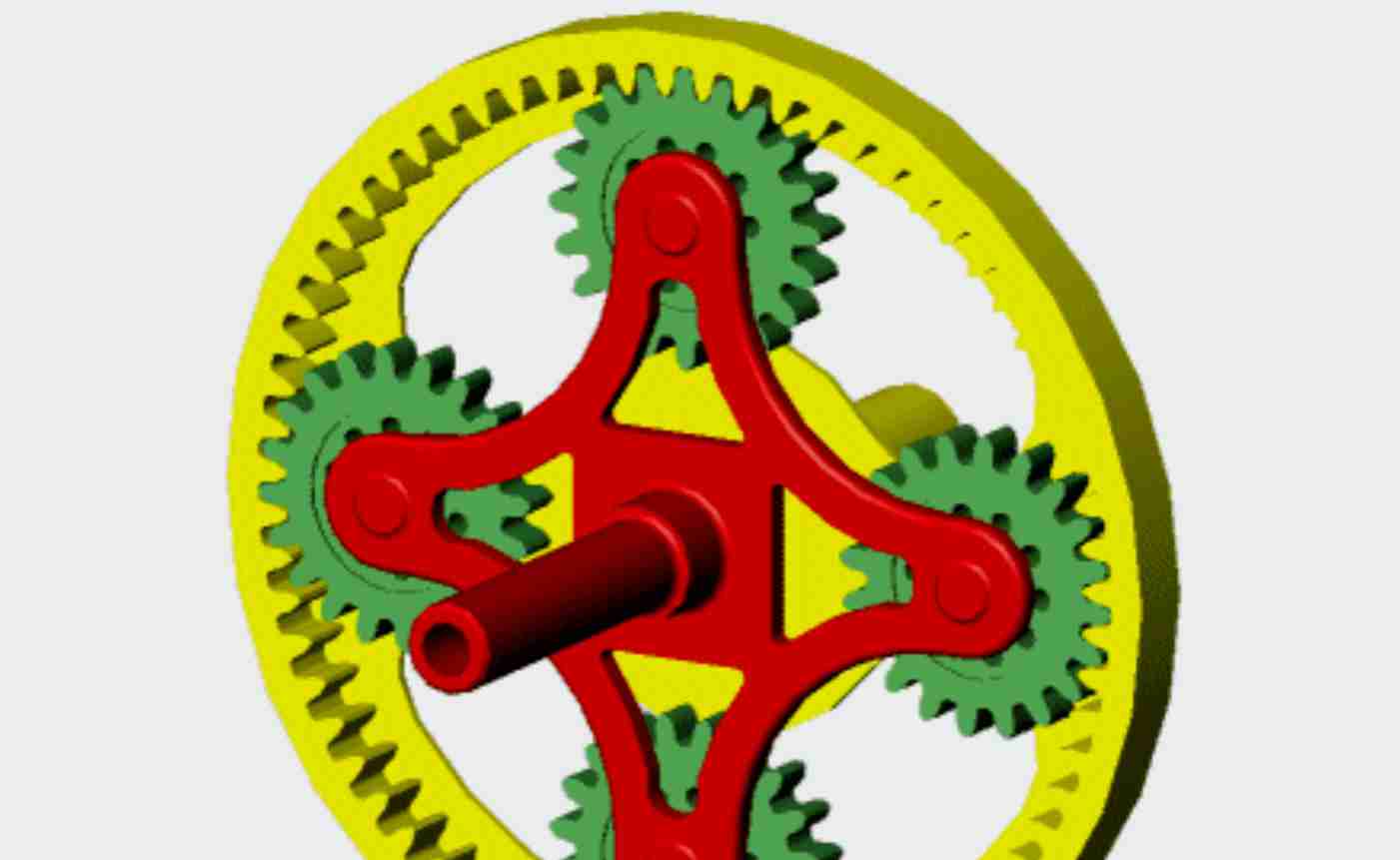Course on Design of Machine Elements -Advanced

About Course
Design is an imagination or a plan or specification process of intentionally creating an object or system or for the implementation of an activity or process, or the result of that plan or specification in the form of a prototype, product or process while simultaneously considering its objectives (purpose), function, economics, sociocultural factors, and aesthetics. Design is about making things good (and then better) and right (and fantastic) for the customer who use and encounter them.
Machine design is defined as the use of imagination, scientific principles and engineering techniques ( the process by which resources or energy is converted into useful mechanical forms, or the mechanisms to create a machine element, machine or system economically, in the desired form as per the needs so has to satisfy the requirements of customer.Machine design or Mechanical Design can lead to the formation of the entirely new machine element, product, machine, system or it can lead to improvement of the existing one.
Thus,Design engineers must study, research and develop different ideas for new products and the systems. They should also be capable of modify the existing products or processes to increase efficiency or improve performance.The Design Process is an approach for breaking down a large project or process into manageable sub tasks or project or process to solve a variety of problems.
Course Content
Introduction to design
-
Introduction: Design Process: Definition of design, phases of design, and review of engineering materials andtheir properties and manufacturing processes; use of codes and standards, selection of preferred sizes. Review of axial, bending, shear and torsion loading on machine components, combined loading, two- and three dimensional stresses, principal stresses, stress tensors, Mohr’s circles.
-
Design for static strength: Factor of safety and service factor.
Failure modes
Impact Strength and Fatigue loading
Design of shafts, Design of keys and couplings
Design of Permanent Joints: Riveted joint and Welded joints
Design of Temporary Joints: Threaded Fasteners and Power screws
Student Ratings & Reviews




